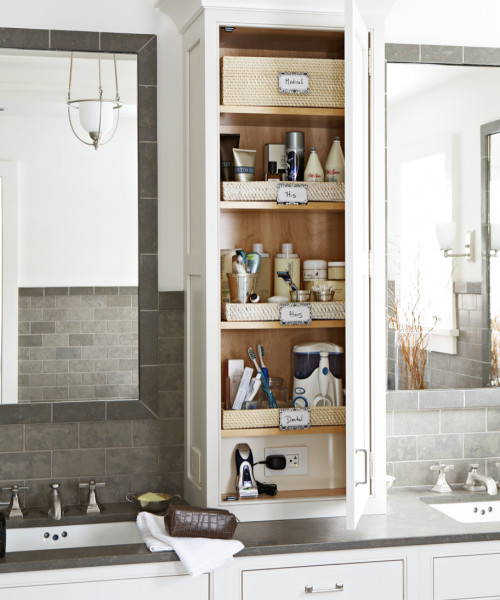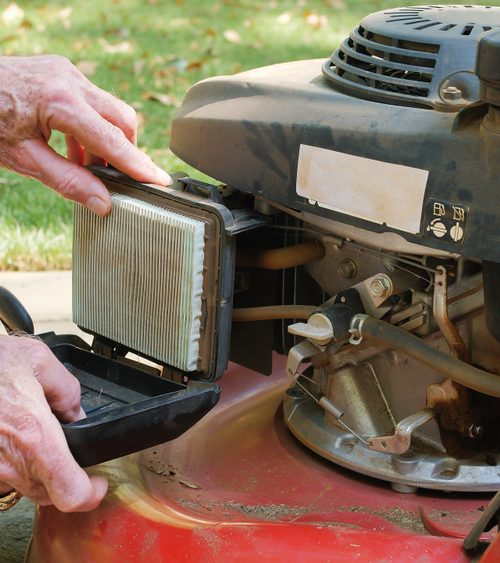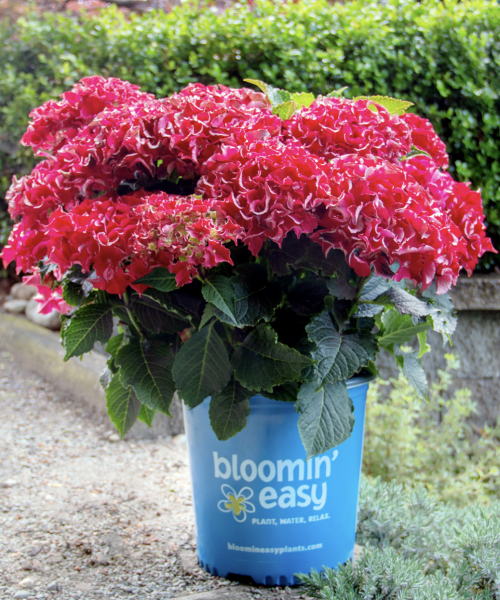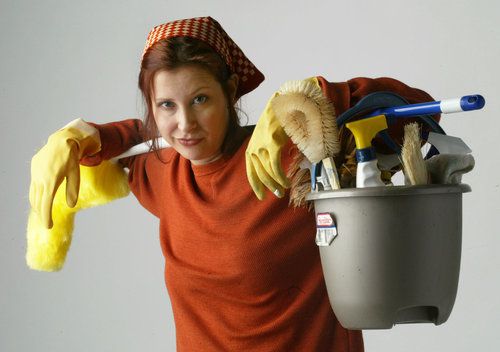By Walter Reeves, For the AJC
Troy Warren for CNT #HomeGarden
Q: I have an extra bag of Dutch Master bulbs that I did not plant last fall. Should I keep them for next year? What is the best place to store them? Mike Hendley, email
A: Plant them now. Otherwise, they will completely dry out and die this summer. Over the years, I have planted spring-flowering bulbs in December, January and February. The blooms might have been a bit smaller and later, but when they bloomed, they were just as colorful as bulbs I planted in October.
Q: I had sea holly in a flower bed last year and it was covered with many bee-type insects. Do you think sea holly could be planted in the veggie garden to attract more bees? Kathy Standefer, Lincolnton
A: You are smart to recognize the potential this plant offers for improved garden pollination! I can see no reason not to have it in or near a vegetable garden. The gorgeous blue flowers make up for sea holly’s spiny leaves and bracts. It does best in spots that don’t get much fertilizer or water.
Q: I had hummingbirds last summer flying near the trunks of my crape myrtles, like they were feeding on them. Flowers were gone at the time but they loved the tree bark. Regina Lucas, email
A: They were eating crape myrtle aphids. These insects have a population explosion in late summer each year. Hummingbirds don’t only consume flower nectar; they also need protein, and aphids are perfectly suited for that. Sometimes, you may see hummingbirds hovering over your lawn eating midges and other small insects.
Q: Does stacking or leaning dead branches on or between two pine trees do any harm to the trees? Sam Q., email
A: No major harm that I can think of. I guess it could become a shelter for voles that could chew the bark. I saw this happen once when pine straw mulch was piled around the trunk of a mature cherry tree. Within a few months, voles had made a cozy home and chewed a ring around the base of the tree, which caused its death.


































